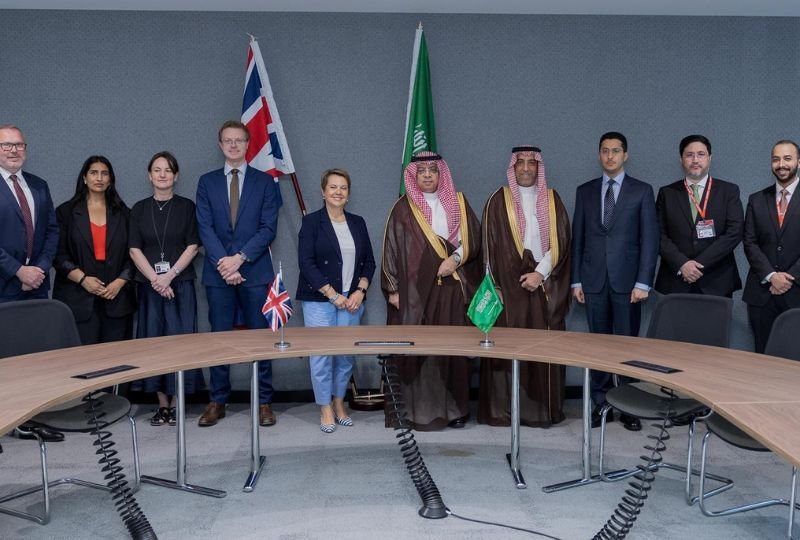June 26, 2025 | Dubai, UAE – The United Arab Emirates’s Ministry of Finance has published a comprehensive guide on the Mutual Agreement Procedure (MAP) under the UAE Corporate Tax Guidance. It will outline several key details such as the individual’s eligibility, procedures and the necessary information and documentation to file a MAP request. The Ministry of Finance states that the UAE has over 100 DTAs with multiple consenting states across the globe. The Mutual Double Agreement Procedure seeks to resolve the central issue of taxpayers dealing across borders. It will help individuals navigate double taxation policies and serve under the UAE Corporate Tax Guidance as the new measures.
Scenarios For Taxpayers Requiring a Map
The UAE Corporate Tax Guidance provides an understanding of the cases where double taxation is applicable and the taxpayers can seek to file MAP accordingly.

- In case of UAE levies a transfer pricing adjustment without a matching foreign deduction, the taxpayer can seek MAP to avoid economic double taxation
- In case of audit-based pricing adjustments on cross-border transactions, MAP will allow the taxpayer to request relief from either the UAE government or the foreign tax authorities
- In case an individual faces a double residency conflict in two countries, MAP can be used to determine residency and avoid double taxation
- Taxpayers with branches across borders can use the UAE Corporate Tax Guidance policies to address profits adjustments and request fair taxation
- In case of a clash between the UAE’s general anti-abuse rules and a treaty’s terms, MAP argues that the treaty’s provisions will prevail. MAP can also be filed if treaty-specific, anti-abuse rules have been applied incorrectly.
- UAE Corporate Tax Guidance also outlines that MAP can be used in case of multilateral disputes and self-initiated adjustments.
- If a foreign audit settlement demands MAP to be given up, the UAE will not use it as valid grounds to deny access locally.
- The MAP request should be filed within three years of the first notice of tax actions breaching the treaty.
Documentation Required To Claim Map Benefits
The MAP gives an extensive list stating all the documents required from the taxpayer who wishes to file an eligible MAP claim. This list includes information such as the taxpayer’s identification number, the fiscal years or periods involved, and a summary of the issues for which Competent Authority assistance is requested, among various others.

MAP under UAE Corporate Tax Guidance also mentions that the list of documentation is “not exhaustive” and might vary case-by-case. It also states that the UAE Competent Authority aims to resolve the cases promptly, aligning with the Organization for Economic Co-operation and Development (OECD) best practices, given that the taxpayers submit the necessary details in due time and the other party’s authority is available.
Upsides for the Taxpayers and Businesses
The newly released MAP guidelines under the UAE corporate tax guidance offer several planned benefits for taxpayers dealing with cross-border transactions or additional issues.

Foremost, they bring clarity and a transparent structure to the process, helping individuals and businesses understand how to seek relief from double taxation. It also helps navigate the UAE’s wide network of tax treaties so the taxpayers are less likely to be taxed twice on the same income.
The guidance also promotes tax certainty, which allows international businesses to establish and operate within the UAE in confidence and assurance. This commitment to resolving tax issues also appeals to global investors, hence attracting more businesses.
Relatively, MAP is a more structured and time and resource-efficient approach to resolving tax disputes compared to the lengthy judicial proceedings, hence making it more stable and thriving for businesses.
Also Read: Indian Rupee Rises Against Dirham: What Should NRIs Do About the AED to INR Exchange Rate?







